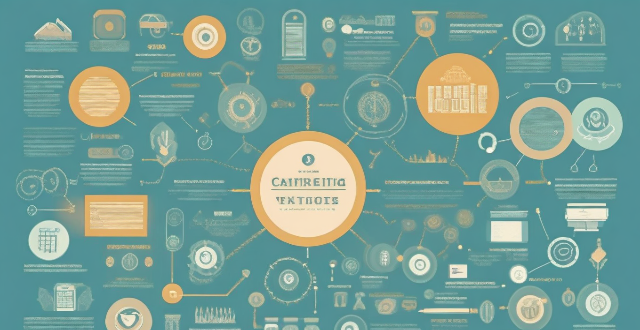Risk management is a process that involves identifying, assessing, and prioritizing potential risks. There are various tools and techniques used in risk management, including brainstorming, Delphi method, checklists, qualitative and quantitative assessment, risk matrix, cost-benefit analysis, avoidance, reduction, transference, acceptance, continuous monitoring, and audits. These tools and techniques help organizations and individuals manage risks effectively and make informed decisions.

Risk Management Tools and Techniques
Risk management is a crucial process for any organization or individual to identify, assess, and prioritize potential risks. Here are some common tools and techniques used in risk management:
1. Risk Identification
Brainstorming
- Purpose: To generate a wide range of potential risks.
- Technique: A group of people come together to discuss and list all possible risks they can think of.
Delphi Method
- Purpose: To gather expert opinions and reach a consensus on potential risks.
- Technique: A series of questionnaires are sent to experts who provide their opinions anonymously. The results are then analyzed and discussed until a consensus is reached.
Checklists
- Purpose: To ensure that all known risks are identified.
- Technique: A pre-defined list of potential risks is created based on past experiences or industry standards. This list is then reviewed regularly to identify any new or changed risks.
2. Risk Assessment
Qualitative Assessment
- Purpose: To evaluate the severity and likelihood of each risk.
- Technique: Risks are classified into categories such as high, medium, or low based on their impact and probability.
Quantitative Assessment
- Purpose: To assign numerical values to the severity and likelihood of each risk.
- Technique: Probability distributions, expected value analysis, and decision trees are used to calculate the potential impact and likelihood of each risk.
3. Risk Prioritization
Risk Matrix
- Purpose: To prioritize risks based on their severity and likelihood.
- Technique: A matrix is created with severity on one axis and likelihood on the other. Each risk is placed in the appropriate cell based on its classification, allowing for easy comparison and prioritization.
Cost-Benefit Analysis
- Purpose: To determine if the cost of implementing a risk mitigation strategy is justified by the potential benefits.
- Technique: The potential costs and benefits of each risk mitigation strategy are evaluated to determine which strategies should be implemented first.
4. Risk Mitigation
Avoidance
- Purpose: To eliminate the risk entirely by avoiding the activity that causes it.
- Technique: If the risk is too great, the activity may be stopped or modified to avoid the risk altogether.
Reduction
- Purpose: To reduce the severity or likelihood of the risk occurring.
- Technique: Actions are taken to minimize the impact or probability of the risk, such as implementing safety measures or improving processes.
Transference
- Purpose: To transfer the risk to another party, such as an insurance company.
- Technique: Insurance policies or contracts are used to shift the financial responsibility for the risk to another party.
Acceptance
- Purpose: To accept the risk and plan for its potential impact.
- Technique: If the risk cannot be avoided or transferred, it may be accepted and plans made to manage its impact if it occurs.
5. Risk Monitoring and Review
Continuous Monitoring
- Purpose: To ensure that identified risks remain under control and new risks are identified promptly.
- Technique: Regular reviews and updates of risk assessments and mitigation strategies are conducted to ensure they remain effective.
Audits
- Purpose: To verify compliance with established risk management procedures and policies.
- Technique: Independent audits are conducted to evaluate the effectiveness of risk management processes and identify any areas for improvement.